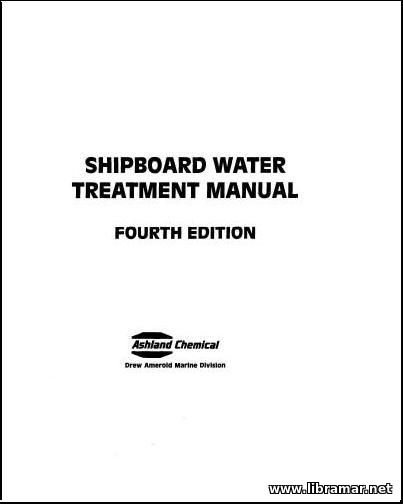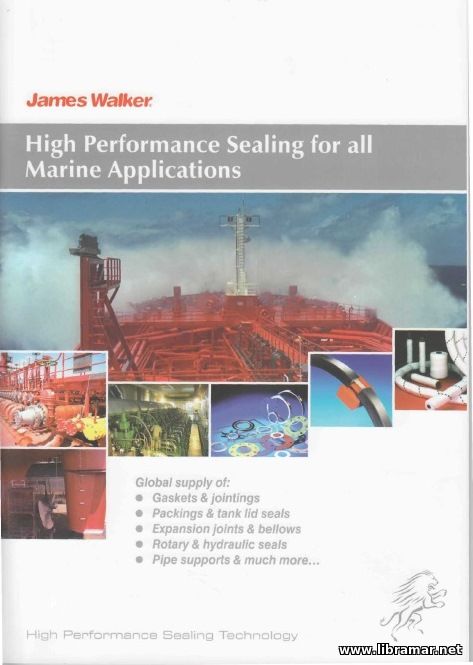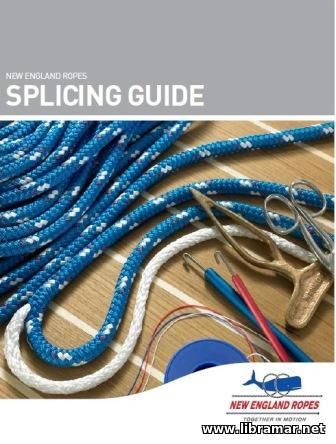PPE FOR FIFEGHTING
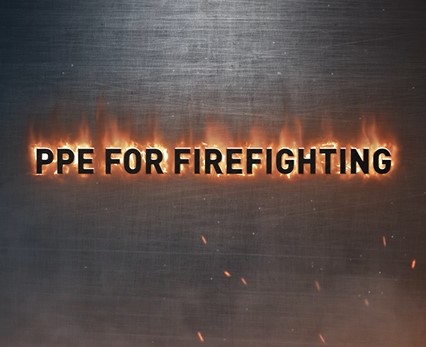
Fire prevention is your first line of defense against the fire. However, if a fire does start, firefighters will need the right personal protective equipment to improve their chance of survival. It is vital that you learn the location of this equipment and understand how to quickly and properly put it on.
Ships may be equipped with the firefighter bunker suits increasing your protection of the human from flames, radiant heat and steam, allowing you to get near to the source of the fire. The bunker gear consists of turnout coat and pads. Protect yourself further with a firefighting helmet, gloves and rubber firefighting boots.
Your ships are equipped with the self-contained breathing apparatus, or SCBA units. Before using them, make sure that you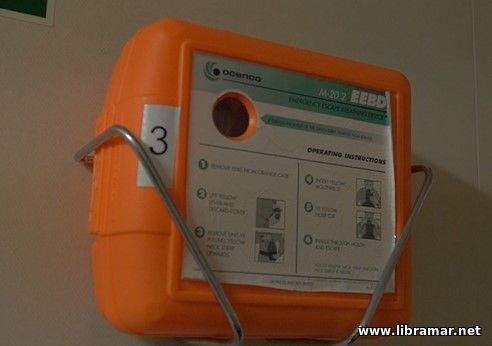 have been fit tested and properly trained to use the SCBA suits. The SCBA shall carry at least thirty minutes of air on your normal circumstances.
have been fit tested and properly trained to use the SCBA suits. The SCBA shall carry at least thirty minutes of air on your normal circumstances.
An emergency escape breathing device, or EEBD, is designed to help crew escape from the smoky compartment and contains enough oxygen to last at least ten minutes. They are intended strictly for escape purposes and should not been used in firefighting.
Many times, when dealing with small fires, crew members will not have time to change into the protective clothing. Be aware of your clothing limitations when preparing to fight the fire. And always remember that fires are much safer and easier to fight at their early stages.
The safest clothing you can wear is the one that will not burn or melt – it will be marked with FR for Fire Resistant. The next best thing for fire resisting clothing is wool or cotton material as they are made to resist flame and will not catch fire easily. Note, however, that at high temperatures wool and cotton could potentially ignite. Do not try to fight a fire if you are wearing synthetic clothes. This is the most dangerous type of clothing to be worn near a fire. Synthetic material melts when it comes in the contact with high temperatures. This can severely burn your skin, leading to burns worse than if you weren’t wearing clothes at all.
How to Fight Fires
A fire is the worst-case scenario while at sea. However, if there is a fire onboard, you must remain calm and act fast. When you encounter a fire, you must first sound an alarm – this could be a verbal alarm, if the fire is small enough, or the ship’s alarm.
In any case, always notify the bridge and a master. Make sure that fire is contained. Isolate the space in order to restrict the  oxygen supply to the fire by closing hatches, ports and vents. Shut-off all fans and blowers into and out of the fire space. Even more importantly, maintain an escape route. Shut down fuel and lubrication pumps; also, if you can, remove any potential fuels in the area and de-energize electrical circuits.
oxygen supply to the fire by closing hatches, ports and vents. Shut-off all fans and blowers into and out of the fire space. Even more importantly, maintain an escape route. Shut down fuel and lubrication pumps; also, if you can, remove any potential fuels in the area and de-energize electrical circuits.
If the fire is small and contained, you are safe from smoke, you have a way to escape, then you can start with fighting the fire with the appropriate extinguisher. When comes time to using the extinguisher, pull the pin and aim the nozzle at the very base of the fire, making sure you stand 8-10 feet away from the fire. Firmly squeeze the handle to let the agent out, and apply it from side to side until the fire has been extinguished.
When using dry chemical extinguishers, shake or agitate the nozzle to break up clumps of powder as you are discharging. Appoint someone to stand watch for up to thirty minutes after the fire is extinguished to ensure there is no re-ignition.
If you cannot extinguish the fire, a team can work together to extinguish the fire with the fire hose. On open decks, a solid stream from a fire hose can sweep burning oil overboard. This is a good practice of ferries and car carriers. A fire hose with foam applicator can be used to cool adjacent bulkheads preventive the spread of fire. Paints and combustibles at the other side of the bulkhead can catch fire, spreading it into adjacent compartments. Work as a team to extinguish the fire and use a second fire team with fog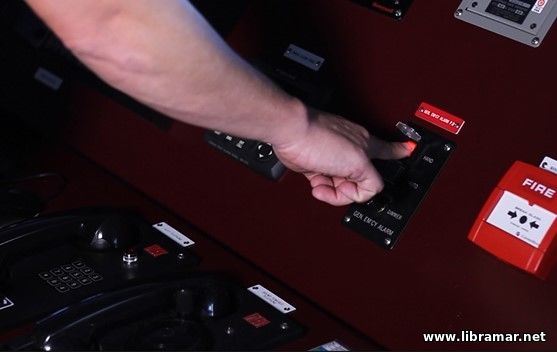 applicator to protect the primary fire team from flames and heat.
applicator to protect the primary fire team from flames and heat.
Your last line of defense is fixed firefighting system. A fixed system is very effective in extinguishing fires. However, you only have one shot to do so. This is the decision to be done by the master or, in his unavailability, by the chief mate or the chain engineer. This system releases carbon dioxide, or CO2, smothering the fire and preventing it from spreading.
Because so much carbon dioxide is being released in the atmosphere, all personnel must be evacuated to avoid suffocation, and the area must be completely sealed off. Before using the fixed system, turn off any ventilation, the main and auxiliary machinery and seal all vents that do not close automatically. After the system is activated, an alarm will sound. After that, the crew will have twenty seconds to leave the area. The CO2 will attempt to smother the fire once a crew member dispels the agent with the trigger, placed outside the space with the fire.
Use a magnetic thermometer or the back of your hand to monitor the bulkhead’s temperature until it is safe to re-enter the space. Use the SCBA when entering the space as the oxygen level might be too low and toxic gases may be present.
The "Read Later" function allows you to add material to this block with just one click. Just click on the icon and read the articles that interest you at any convenient time.
